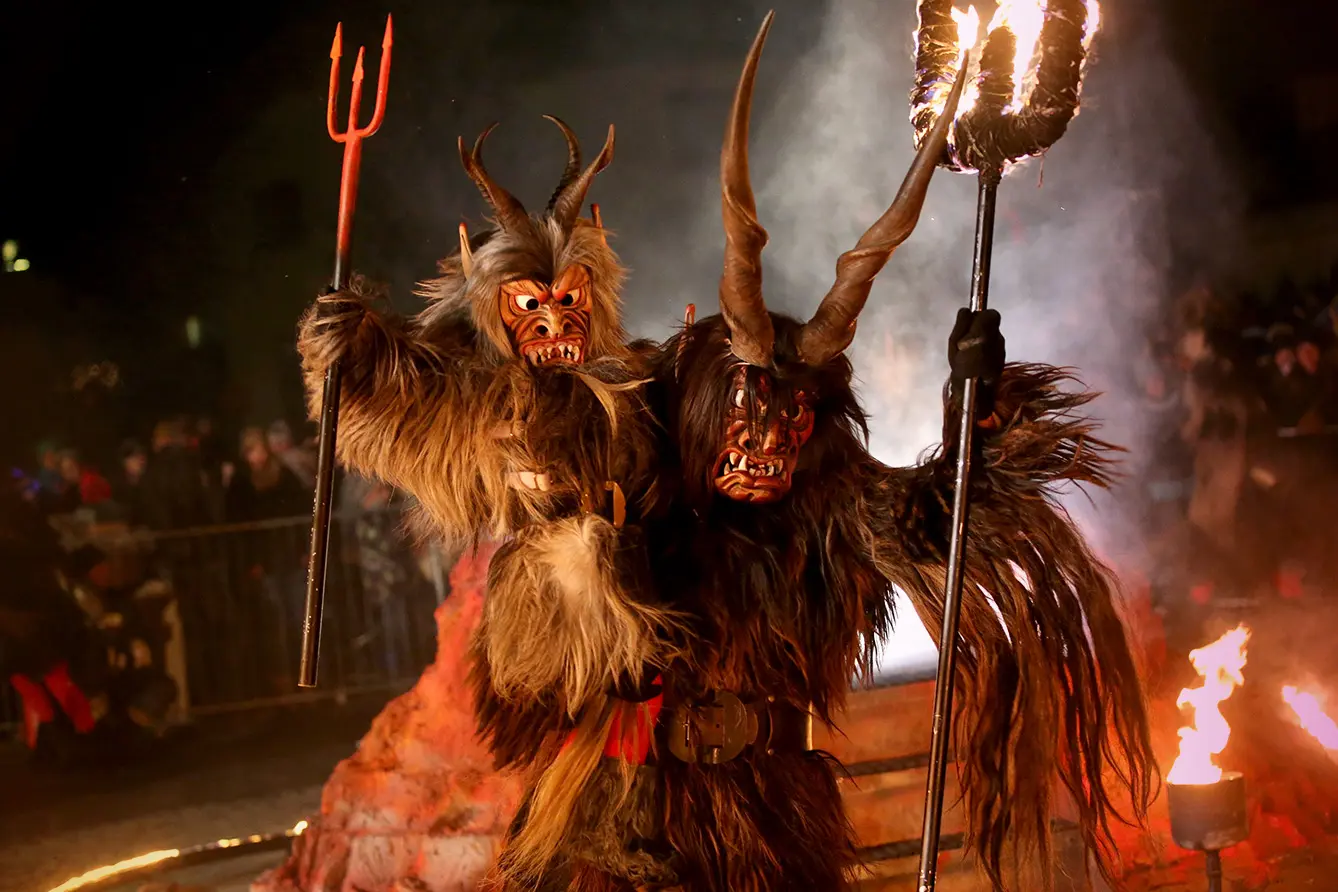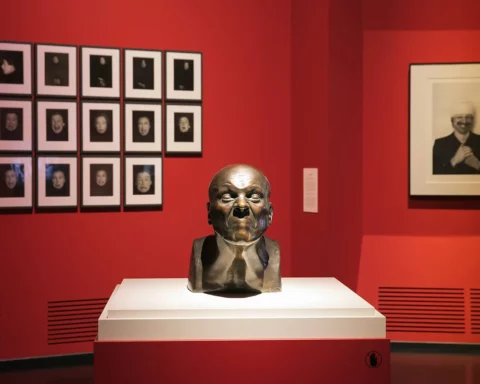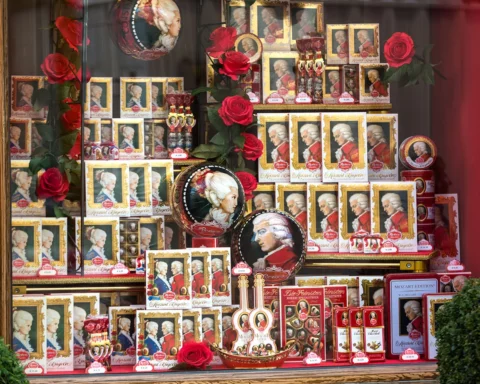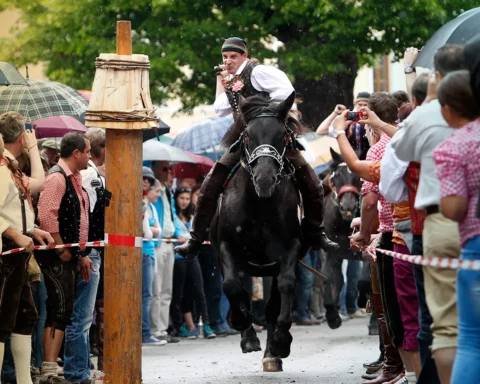Austrians seem to pay special attention to the time of preparation for the upcoming holiday. All in the sight of the culminating moment when they will surround their Christmas Trees to sing carols, enjoy a family meal, and marvel at the gifts brought by the Christking.
Advent wreath and roaming demons
For many families, Christmas time begins with the Advent preparations. Similarly to the tradition practiced in the Catholic Church, families make their own advent wreaths. Saint Barbara and Saint Nicholas’s traditional feasts are also connected to some Austrian traditions. The former falls on December 4 and requires the faithful to pick some twigs of a cherry tree, forsythia, or apple. They place them in a vase and patiently wait for them to bloom.
If they do, the family will be lucky in the coming year, and, additionally, someone from the family may get married. While this medieval tradition may not be followed by as many people as it used to gather in the past, the tradition of gifting on the feast of Saint Nicholas is still doing well. The feast falls on December 6 and could be considered nothing out of the ordinary if it weren’t for Saint Nicholas’s opposite – Krampus.
Will krampus scare your kids into obedience?
The idea behind Krampus is said to may have originated in the pagan past of the region. However, it cannot be said for certain, especially as Krampus – a demon from hell who is tasked with scaring children at best (and dragging them to hell at worst) – is also known in other countries. However, it is agreed that the first representation of the half-man-half-goat creature was connected to Alpine folklore, and that’s probably why the tradition is still strongly visible in Austria.
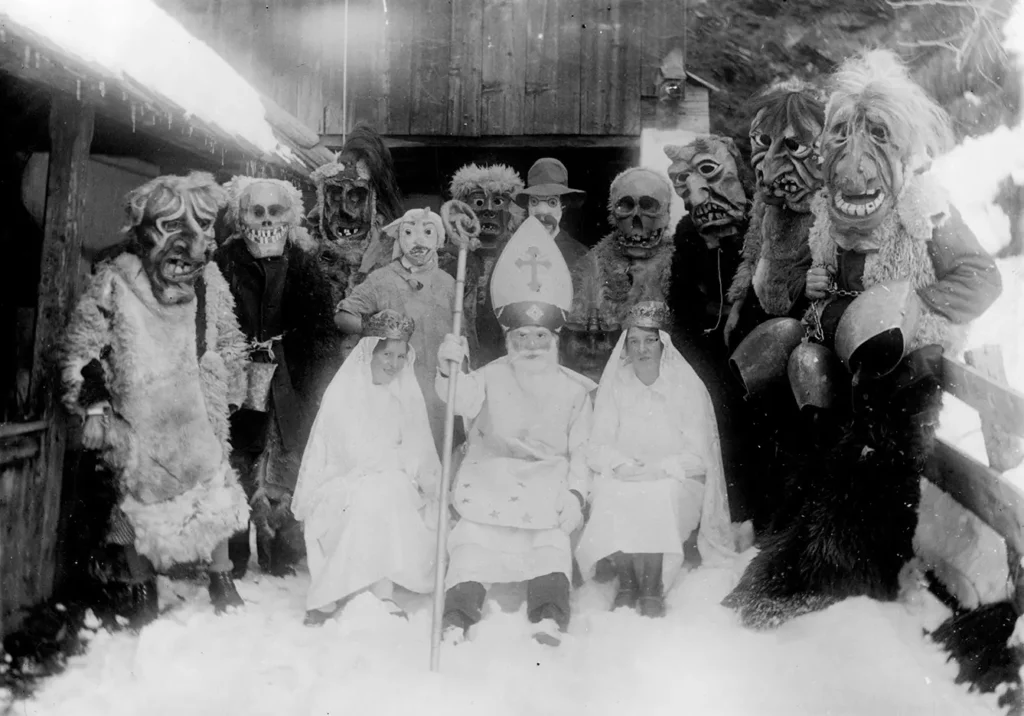

Men dressed as Krampus would roam villages on the night of December 5, making unsettling noises, shaking chains, and scratching doors – all in order to scare children into obedience. But it is not only children who can get scared (and smacked with a twig). Some cities organize Krampus pageants, and the disturbing, evil Krampuses do not spare the adults, their ghastly appearance equally playing on the grown-up minds.
Christmas in Austria: Markets and gingerbread houses
If you want to forget about Krampus, you can take a stroll down one of many wonderful Austrian Christmas markets. Here the spirit of Christmas is growing ever so strong in anticipation of the holiday. A fairly new family tradition in Austria is to build a gingerbread house and place it in a visible spot for everyone to admire over Christmas. Some families go for depicting a nativity scene all made from gingerbread! The tradition is said to have evolved in the 19th century after the Brothers Grimm published their version of the Hansel and Gretel story, which vividly spoke to the imagination of the Germanic people.

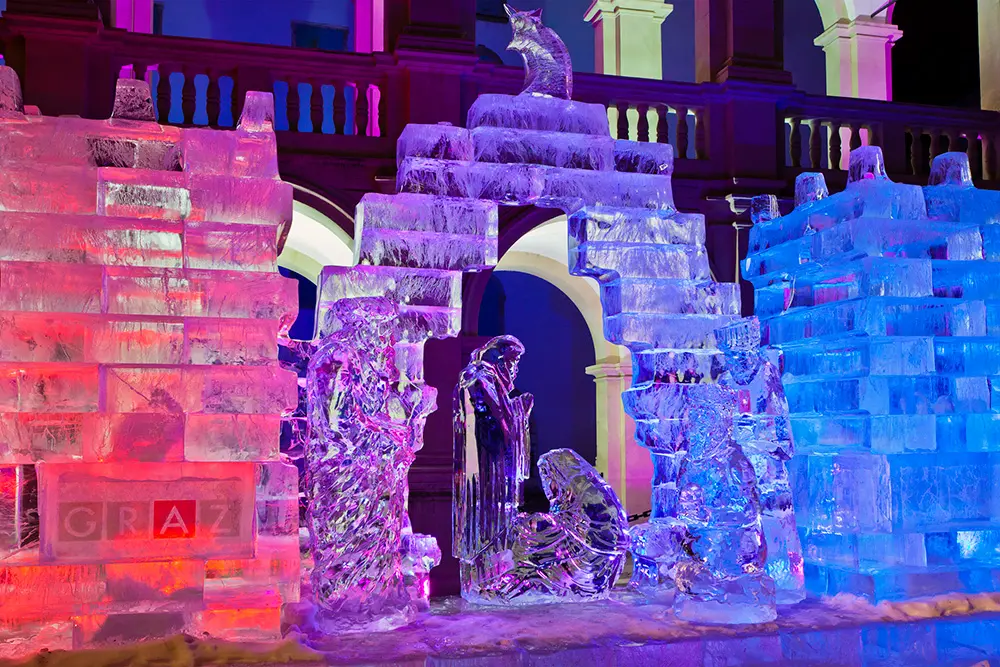
Heilige Abend
Christmas celebrations begin on the night before. Shops close at about 4 pm, and families gather to sing carols. Traditionally, it was Christmas Eve when the Tree was decorated. Since the tradition of the Christmas Tree is a Germanic one, we may safely assume that the Austrian version of a tree decorated with gingerbread, candles, and sweets is as close to the German original as it gets.
The tradition was said to have been brought to Austria in 1814. The Tree symbolizes the constancy of faith, as well as the tree in the garden of Eden. Some children may believe that Baby Jesus, apart from bringing them presents, is also responsible for decorating the Tree.
The sound of a bell announces when they are allowed to enter the main room, where they find the Christmas Tree beautifully decorated with the presents waiting underneath. The meal eaten by the family was traditionally vegetarian, but these days many households decide to prepare the nation’s favorite – goose. Cabbage is, of course, also present and may be served, for example, as a traditional sauerkraut soup (if the choice won’t fall on the second classic version – the pumpkin soup). Following a very family-oriented celebration, Catholics will meet at a Shepherds’ Mass at midnight and thus conclude celebrations for the day.
Nativity scenes
The following two days of celebrations involve a lot of eating and greeting, with people visiting their loved ones and exchanging gifts. But there is another feature of the Austrian Christmas that has an interesting historical background. The churches had the habit of presenting the scenes of the birth of Jesus with specially prepared decorations. Especially in the times when the majority of people could not read or write, these depictions were to teach them the truths of their faith.
The first example of the Austrian nativity scene phenomenon can be traced back to Innsbruck in 1609. However, not everyone was fond of the tradition. Apparently, in the late 18th century, Emperor Joseph II found them “too childlike“ and banned the churches from preparing them altogether. People were not pleased and started the tradition of making miniature versions for their homes that they would later show to their neighbors. The miniature versions soon turned into elaborate landscape versions, some of which can be admired in the museums. Thanks to those fearless craftsmen, the tradition survived the imperial ban and, in 2021, was added to the UNESCO list of Intangible Cultural Heritage.
Christmas in Austria is just as the melody and words of the world’s most famous Christmas carols suggest – calm, peaceful, and full of love. Never mind the evil Krampus – even he does not dare to disturb the celebrations on the Big Day.


